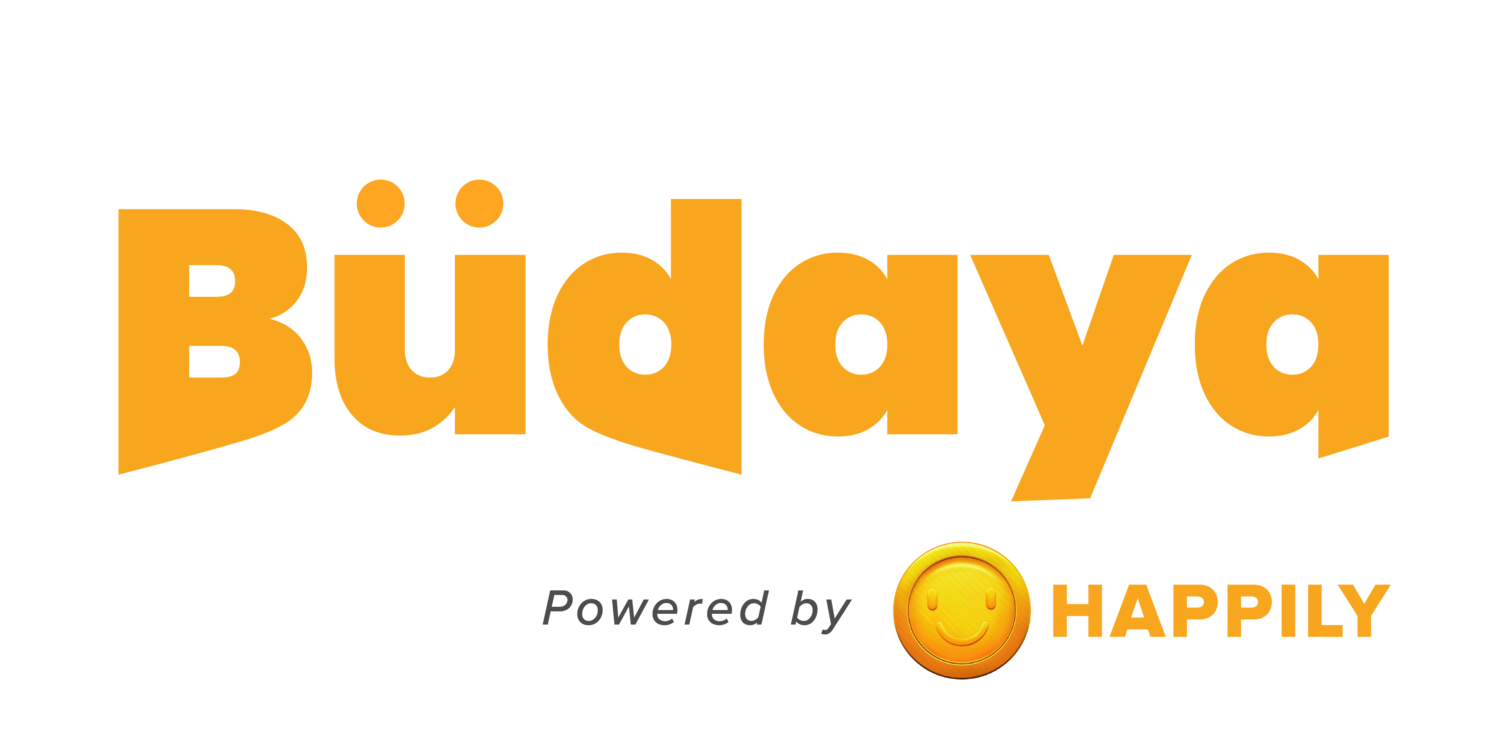
The cost of employee turnover
By Eva Christodoulou
Employee turnover is a metric that preoccupies many organisations. An organisation’s employee turnover rate is the indication of the number of people who leave the company and need to be replaced as soon as possible.
Turnover, therefore, becomes problematic for organisations and the aim is to reduce the employee turnover rate to as small as possible.
Why does turnover happen?
There are multiple reasons employees choose to leave an organisation. A better-paying opportunity is the one people think of most immediately, but over the years it has been found that other factors may be more prominent in the decision a person makes to leave. Meta-analysis of data from 60,000 employees in the West (North America and Europe) reveals the following reasons contributing towards employee turnover:
Stress (9%)
Demographic considerations such as age, marital circumstances, etc) (8%)
Disengagement (6%)
Leadership quality (5%)
Job satisfaction (5%)
Job content (4%)
External environment (3%)
Relationships with co-workers (3%)
Work satisfaction (2%)
Compensation (1%)
How does turnover affect your organisation?
Other than the obvious ramifications of loss of talent and the cost/time of finding a replacement, here’s a list of impact high turnover has:
Your best people are the ones most likely to leave
Non-sustainability of the company culture
Overall low employee morale and productivity
Employer branding
High monetary cost of turnover
It is important to consider the direct monetary implications of people leaving. Turnover not only costs recruitment and advertising fees in filling the open position, but it also incurs other costs such as the temporary replacement cost, loss of productivity cost, cost to fill the vacant position, onboarding and orientation costs, as well as productivity ramp-up cost. This is not even including the cost of morale and employer branding which are intangible.
Let’s break it down:
Bob is a mid-level manager at Company X. Bob has decided to move on to another company as he has been looking for a new challenge in a new environment. He has been rising up the ranks in Company X for the past 6 years. Throughout this time, he has aggregated valuable knowledge of the company’s history, processes and people, not to mention relationships with key customers.
When Bob gives his resignation letter, he has to serve a 2 months’ notice period. His managers, as well as HR, need to now move fast in order to plan who can take over Bob’s role. Not finding anyone inside the organisation, they decide that they need to look out. They therefore start the process of advertising for the position, checking with recruiters, and going through the various CVs that start coming in.
It takes them about 4 weeks to find an appropriate candidate for the job. With their notice period, the candidate will only come in 2 months later. The team, as a whole will take about 3 weeks to onboard the new person to the role (and possibly much longer to get the performance up to an expected level. That includes time from the HR team, other departments, and mostly Bob’s manager and teammates. Meanwhile, there is time (and therefore money lost) involved in offboarding and filling in for Bob – his team members (and manager) may have to cover part or all of his job scope while they are waiting for the new candidate to come in.
Once you calculate the estimated amount of time spent by the various people involved and their salaries, as well as Bob’s salary, you get an indication of the cost of replacing one employee. If you multiply that with your yearly turnover, you see how much it may cost your organisation yearly. And we are just discussing on #5, High monetary cost of turnover from the list of impact mentioned above. The other ramifications mentioned are not calculated here.
Feel free to use the calculator we put together here to get an idea of your turnover cost, based on your own numbers.
Understanding the true cost of turnover and having a strategy in place to control it becomes critical for organisations. Sustaining a well-oiled machine without too many interruptions is not easy. It is definitely something to strive for and look for new ways to maintain it. And understanding your employees well through timely, actionable employee intelligence is a great place to start. Digital solutions like Budaya can help.
